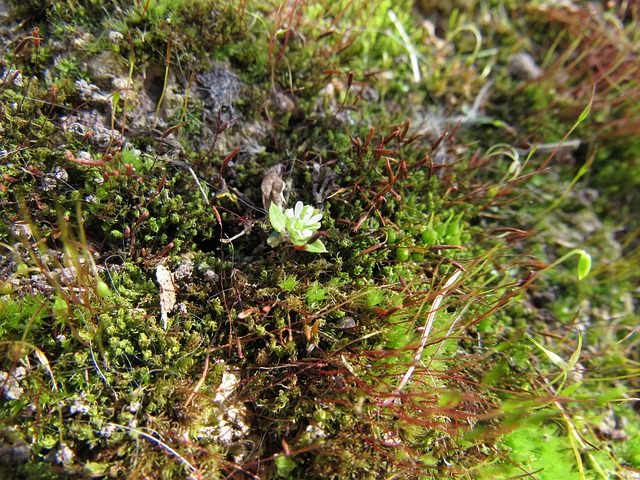Unleashing Nature’s Potential on Your Balcony
In today’s fast-paced world, the importance of connecting with nature cannot be overstated. As urbanization continues to expand, many of us find solace in our own little green sanctuaries, and what better place to cultivate that serenity than on our balconies? Exploring eco-friendly balcony gardening not only enhances your living space but also contributes to a healthier environment. One fascinating aspect of this practice is understanding microclimate plant zones.
Understanding Microclimates
Before diving into the intricacies of balcony gardening, it’s essential to grasp the concept of microclimates. A microclimate is a small area where the climate differs from the surrounding environment. This could be due to various factors such as sunlight, wind, moisture levels, and even the materials surrounding your balcony. In urban settings, these unique conditions can often create a more favorable environment for specific plants, allowing you to cultivate an array of greenery in a limited space.
Choosing the Right Plants
Identifying the microclimate on your balcony is crucial when selecting plants. Is your balcony sun-soaked throughout the day, or does it remain shaded? Are the winds strong, or is the area relatively calm? Understanding these elements will guide you in choosing plants that thrive in your specific conditions. For instance, a south-facing balcony may be perfect for sun-loving plants like tomatoes and peppers, while a shaded nook could support lush ferns and shade-tolerant flowers.
Enhancing Your Green Space
Balcony gardening not only beautifies your surroundings but also plays a vital role in promoting biodiversity. By creating your own eco-friendly oasis, you encourage beneficial insects like bees and butterflies to visit. Incorporating native plants into your microclimate plant zones can further enhance their habitat, supporting local ecosystems and reducing the need for chemical pesticides and fertilizers. Instead, opt for organic methods and composting to nourish your plants sustainably.
Watering Wisely
In our quest for a greener environment, water conservation is paramount. Balcony gardens provide an excellent opportunity to practice smart watering techniques. Use drip irrigation systems or self-watering containers to minimize waste. Additionally, collecting rainwater is another way to nourish your plants while reducing your environmental footprint.
The Allure of Edible Gardening
Imagine stepping onto your balcony and plucking fresh herbs, vegetables, or even fruits that you nurtured with your own hands. Edible gardening can be incredibly rewarding, and it promotes a sustainable lifestyle. Consider incorporating vertical gardening systems or container gardens to maximize your limited space, making it easier to create a productive environment. Moreover, growing your food reduces reliance on store-bought produce, which often has a significant carbon footprint due to transportation.
Creating a Relaxing Green Retreat
Your balcony can become a personal sanctuary where you can unwind amidst nature. Adding decorative elements such as fairy lights, comfortable seating, and fragrant plants transforms it into an inviting space. The sights and sounds of nature can rejuvenate your spirit, making it an ideal spot for relaxation, meditation, or even reading a book.
Ultimately, eco-friendly balcony gardening with a focus on microclimate plant zones is a sustainable practice that allows urban dwellers to connect with nature while promoting environmental health. By cultivating a green refuge, you actively participate in creating a better planet for future generations, one balcony at a time.




